- Bernard Preston homepage
- Starch
- Meal Planning and Carb Counting
Meal planning and carb counting
Meal planning and carb counting have a very frustrating side; we recommend instead finding out more about starches and how to prepare them.
You have presumably come to Bernard Preston's site looking for help with meal planning and carb counting. I am trying to get in your head; what is it you are really wanting?
- Simplicity of meal preparation?
- Better health?
- Weight loss?
- Diabetes management?
- Spending less time preparing food?
To start off let me share with you my understanding of carbs; and let's get it straight, you will find any number of contradictory and different belief systems about starches. Some doctors think you should be avoiding them altogether but really, is that necessary?
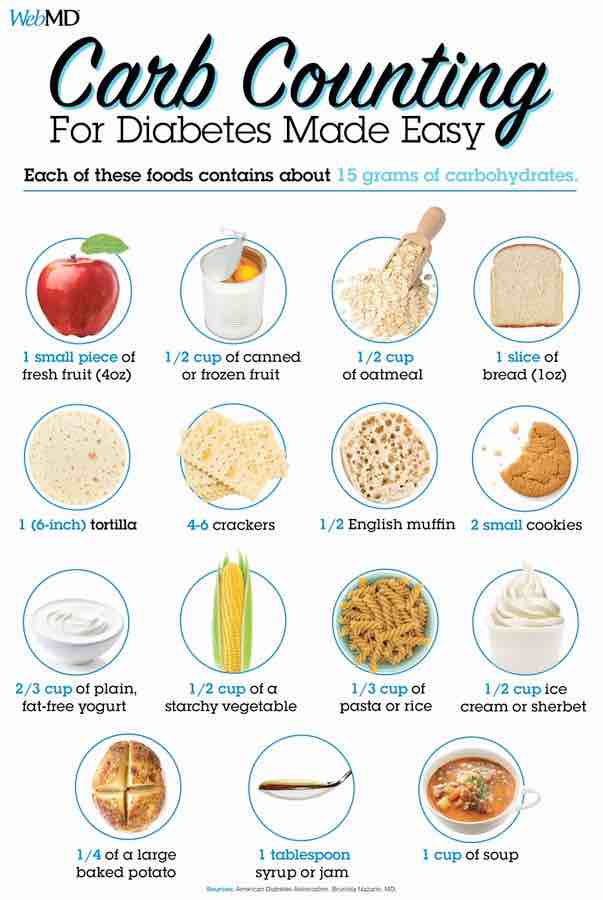
Must we have carbs?
First and foremost I believe we do need carbs but we should choose them carefully; they are not all the same.
Some are profoundly good for us and should be eaten daily whilst others are horrifically bad and should be avoided at all costs; or least enjoyed only on high and holy days.
The carb counting chart above for diabetics from WebMD, one of my favourite sites, has its uses but I find it grossly oversimplified and misleading. Is an apple the same as a tablespoon of syrup? True they both contain 15 grams, will break down to glucose and be absorbed into the portal blood stream but that's where the similarity ends; chalk and cheese.
Enjoy an apple by all means but absolutely avoid the syrup; both have 15 grams of carbohydrate.
It is fundamentally true that we must have protein and fats, or be stunted and die but there is no absolute need for carbs; the body is able to get energy from the former. Nevertheless there is simply masses of research that apples, whole grains[1] and legumes[2] are supremely good for us. In all five Blue Zones of the world where ten times as many people live zestful, long lives they enjoy plenty of them.
It's simply false to suggest that all carbs are bad and we should be avoiding them; period.
It's all about the "twenty-year diabetes rule" which we will get to lower down on this page.
Must we count carbs?
Few things spoil the enjoyment of our meals more than counting calories and weighing carbs. Banish them both but do get a basic idea of what different starches do to your blood sugar. Potatoes and white rice have a very high glycemic index but that of corn on the cob is low.
Luckily new potatoes and brown rice have a low GI; so you can still have your cake and eat it. But do keep the glycemic load down if you are obese or diabetic. That means small portions.
You may count calories and carbs; or you can turn to enjoying whole foods without guilt.
What about bread?
This is where it gets difficult. There's a big fat lie in milling whereby they can mislead us by labelling their flour as "whole grain" provided they do not remove more than 40% of the goodies; the bran and germ.
When you read about "wholemeal bread" you really have no idea what they are talking about. So accurate meal planning and carb counting become almost impossible.
So commercial bread, even the wholewheat loaf has a higher glycemic load; it will affect your blood glucose negatively. So limit yourself to no more than one or perhaps two slices per day.
Sourdough has a much lower GI but it's expensive because it takes a lot of work to bake.
The best option by far is to buy a mill and a bread-machine; bake your own sourdough loaf using 100% wholemeal flour. Then it takes just five minutes per day. I have been doing it for 30 years; so I should know.
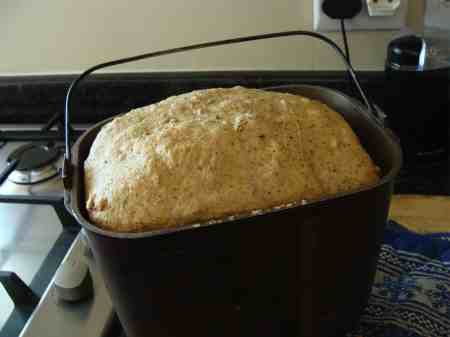
Whole grain porridge
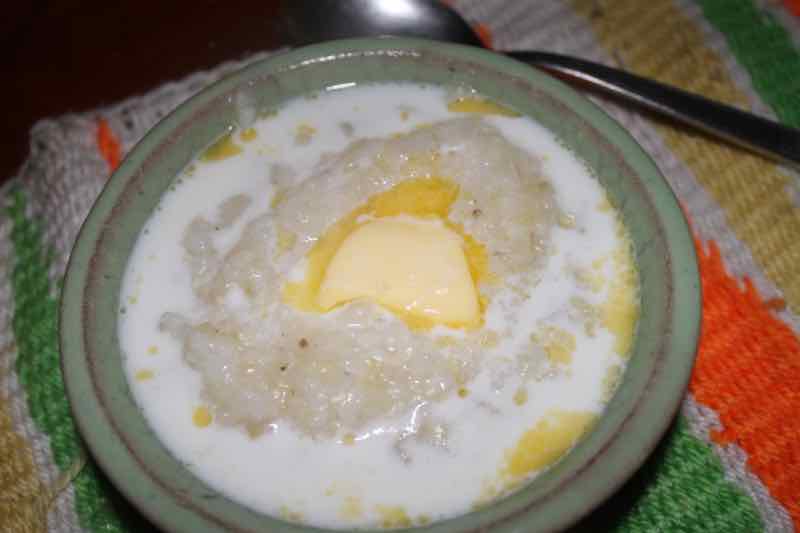
Stone-ground grits and steel cut oats contain all the germ and bran. They both have a low glycemic index; no detrimental effect on your blood glucose and so in the bigger picture they are not fattening. But they are quite difficult to find; if they come in a box assume they have been refined.
Half a cup contains about 16 grams of carb but it is "resistant starch;" much is fibre that is not digested forming glucose but fermented in the colon by the friendly microflora.
Incidentally we strongly recommend cooking up enough for say 4 days, allowing it to cool overnight and then reheating in portions in the morning for breakfast. The starch "retrogrades" slowing the digestion by enzymes in the small intestine and helping to dampen any glucose spike. You will also find it does not then give you gas or abdominal discomfort.
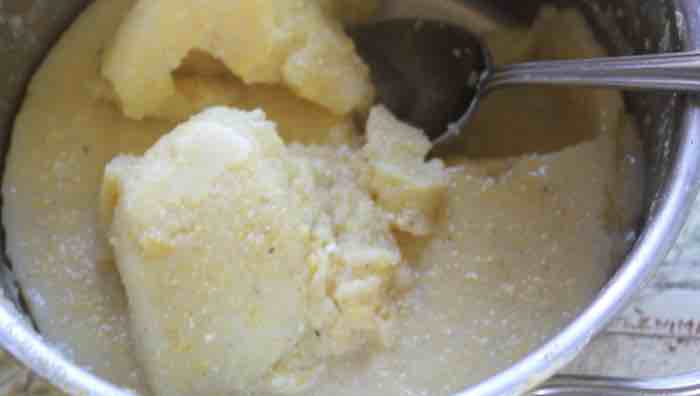
What about legumes?
The ketogenic diets recommend avoiding legumes because of their carbs but they also contain a lot of vegetable protein.
So you are faced with an awkward decision. Are you going to cut out the legumes from your meal planning and carb counting; and rely on meat for your protein with all the attendant risks of instead dying from a malignant tumour? Actually I don't think it is difficult at all; enjoy your beans and peas but small portions if you are obese or diabetic; keep the "glycemic load" down.
Legumes have a low glycemic index and there's massive research that they contribute to wellness; we avoid them at our peril. But do acknowledge that they have some starch and account for it in your meal planning and carb counting.
It takes just five minutes to make your own authentic hummus recipe once you are in the groove; both the chickpeas and sesame paste are rich in the lignans that help prevent breast and prostate cancer.
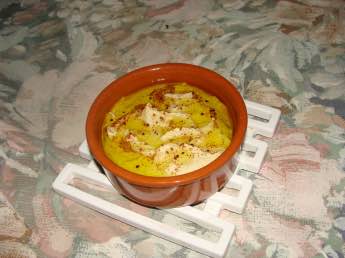 Easy homemade hummus
Easy homemade hummusThe budget
What will be pleasing is that returning to whole grains and legumes for your starch will dig a far smaller hole in your budget than refined carbs and meat.
Cornflakes are 15 times more expensive than grits for example; and a lot less tasty.
It will mean probably spending more money up front on certain appliances and taking time finding sources of these products.
For example you may decide to spend a moderate sum on a stone mill to grind the grain, a bread-machine and a pressure cooker for the legumes. Consequently we bake what we somewhat arrogantly describe as the best sourdough loaf in South Africa for about half a dollar.
A quick google search suggests that commercially you are looking at about 6 USD; twelve times the price. And it's most unlikely to be baked with true 100% wholemeal.
Pressure-cooking your own chickpeas means a quarter of the price in cans; and no preservatives, salt or sugar. There are concerns too about the lining.
Now meal planning and carb counting have become much simpler; in fact you can ignore the latter part completely.
Meal plans and coloured foods
If you have been swayed and convinced by the keto folks here again you will have some challenges. Don't just accept what I say but also be ready to question their concepts.
There is strong research that those who enjoy 7 or more coloured foods every day have about a 35% lower all-cause of death[4]; that's massive. But you will find many of them have a lot of starch. Whether it is watermelon, beets or butternut you may find yourself thinking about carb counting. Perish the thought; just keep the load down. That means small portions if you are diabetic or obese.
Coloured foods are rich in the phytonutrients that are so important to your wellness. If you avoid them because of the carb content you are going to be deficient in vital substances such as beta-cryptoxanthin, lutein and tocopherols just to name three. If your meal planning is found lacking Alzheimer's disease, macular-degeneration and cardiovascular disease lurk just around the corner.
But what if I'm obese?
Talk to ten doctors and you'll get 10 different answers; but all will agree that one way or another you must get those pounds off if you want to live long in the land. That means for a season you will have to limit even the good carbs when meal planning.
Our simple rule of thumb is as follows.
- No one should be eating more than 150 grams of carb per day.
- The obese should be keeping their carbs below 50 grams.
- If your BMI is over 35 or you are an unstable diabetic then aim for around 20 grams; you should be doing this under the guidance of a nutritionist because you will be deliberately going into ketosis.
Sustainability
Strong research shows that no diets work for the vast majority. After a year only 5% have actually lost weight and many have put on.
Diet is a dirty four-letter word; banish it from your thinking. They simply don't work and will frustrate the hell out of you.
When you start thinking about Bernard Preston's meal planning and carb counting, make absolutely no changes that are not sustainable for life; otherwise you are doomed to disappointment.
Bread
Can you give up commercial bread for ever? If not you are faced with two options.
- Try and limit the amount you eat daily, reduce the load and look for wholegrain sourdough.
- Consider spending five minutes a day as Bernard Preston does to bake the best sourdough loaf yourself. It will mean purchasing a little bread-oven and finding a source of 100% flour. He mills his own daily.
The golden rules of meal planning
- Most of your grains should be made from wholemeal; or corn on the cob for example.
- Enjoy many different coloured foods despite the carbs.
- Get most of your protein from legumes, fish and fowl.
- Don't be fearful of fats but do try to enjoy olive oil and avocado regularly; butter too is back in the minds of some nutritionists[3].
- Nuts and seeds are low in carb and high in resistant starch.
- Enjoy fruit daily without guilt but keep the load of grapes and oranges for example down; avoid all commercial juices.
- Forget diets, carb and calorie counting for ever.
- Eat slowly and mindfully and leave the table before you are satiated; still a bit peckish.
The Blue Zones
If the idea of a strong and vigorous ninety-plus years excites you then start thinking of creating a mini Blue Zone at your own home. It will mean some changes. Longevity does not happen by chance and it has little to do with your genes; it's mostly about lifestyle.
You will need to start growing some of your own food including broad beans and finding a source of good sourdough bread; and getting most of your protein from legumes, fish and fowl.
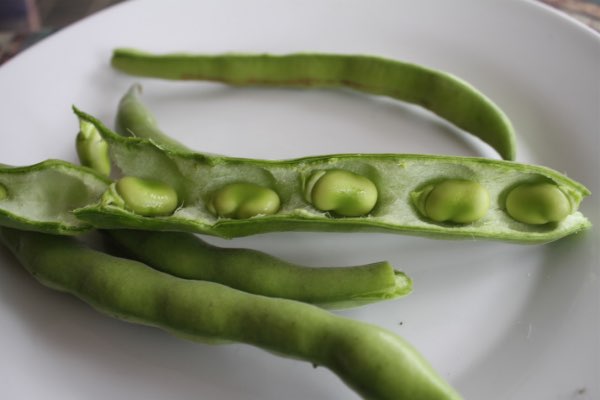
In all five Blue Zones they independently plant and eat broad beans; old and dry they are perfectly horrid. They are the only source of dopamine, the feel-good hormone.
Twenty year diabetes rule
Dr George Campbell after studying the dietary habits of people in South Africa found that those eating large amounts of sugar and refined carbs would be fully diabetic after twenty years.
His twenty year diabetes rule should be central when meal planning and carb counting; if you have no desire to spend the second half of your life consulting doctors and taking medication.
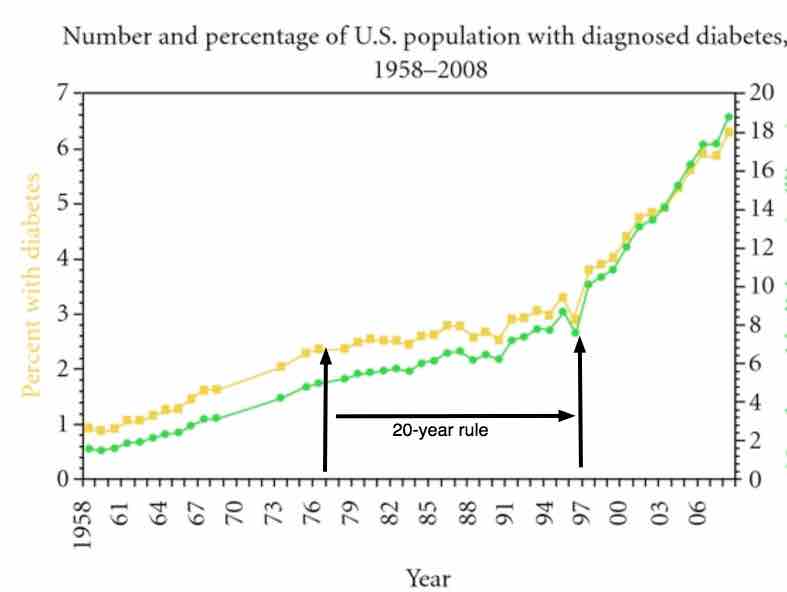
Around 50% of Americans are either fully diabetic or well on the way. South Africans may be even worse.
A sweet tooth
A sweet tooth has to be strictly controlled; here you should be carb-counting. Sugar, syrup and honey all contain around 5 grams per teaspoon.
One litre of most soft drinks contains about 30 teaspoons of sugar; your total daily carb allowance for one day. Diet-free is even worse but that's another complex story.
Interesting German research reveals that natural unprocessed honey has a low GI; no more than three to five teaspoons per day.
Enjoy whole grains, fruit and legumes
We need not be fearful of the carbs in whole grains, fruit and legumes.
Small portions for diabetics and the obese
Diabetics and the obese can enjoy these carbs too but small portions; and always take a short walk after a starchy meal.
Fermented foods
The sugars in fermented foods have been converted to vinegar and other substances. Natural wines, kefir and sauerkraut are excellent probiotics; they are low in carbs.
Stop carb-counting
Stop carb-counting and start enjoying your food.
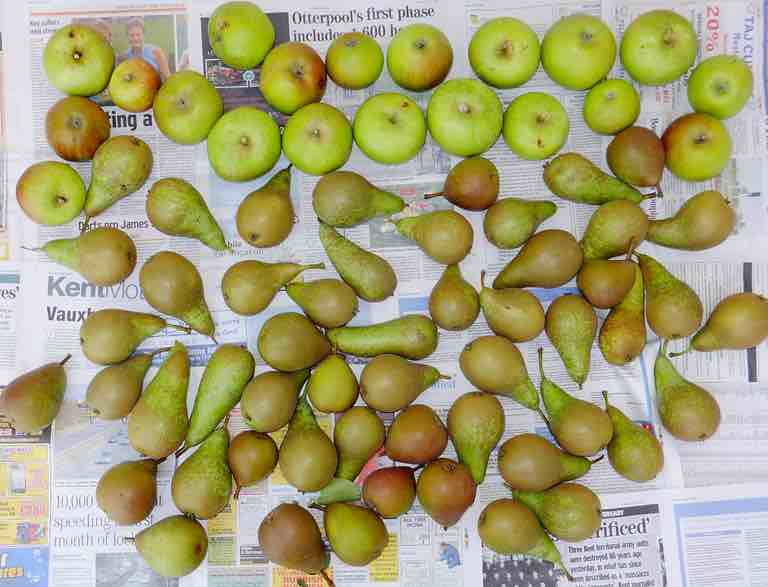 Enjoy fruit
Enjoy fruit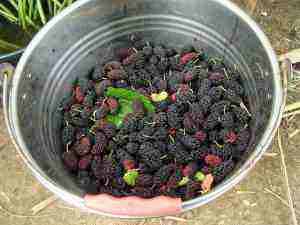 Love berries
Love berries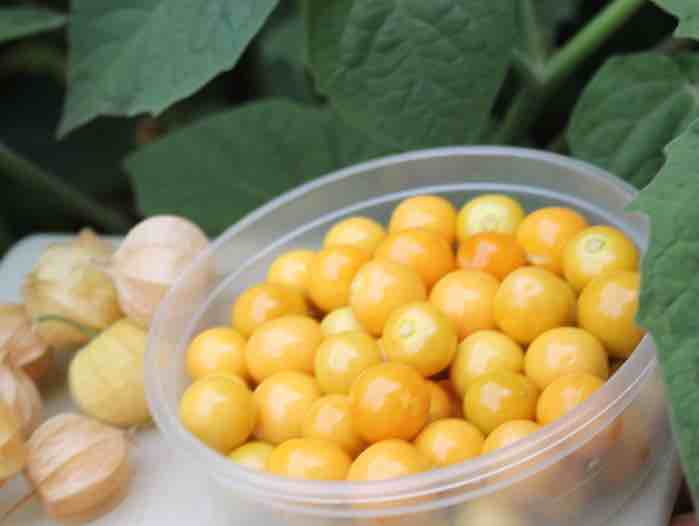 Cape gooseberries
Cape gooseberries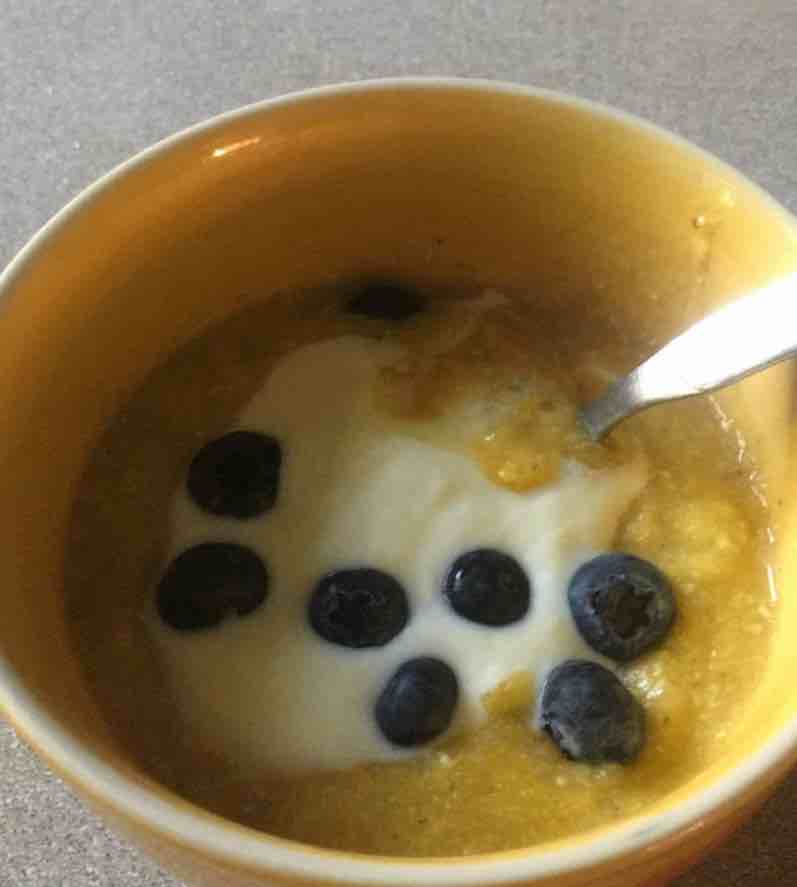 Wholegrain grits with blueberries
Wholegrain grits with blueberries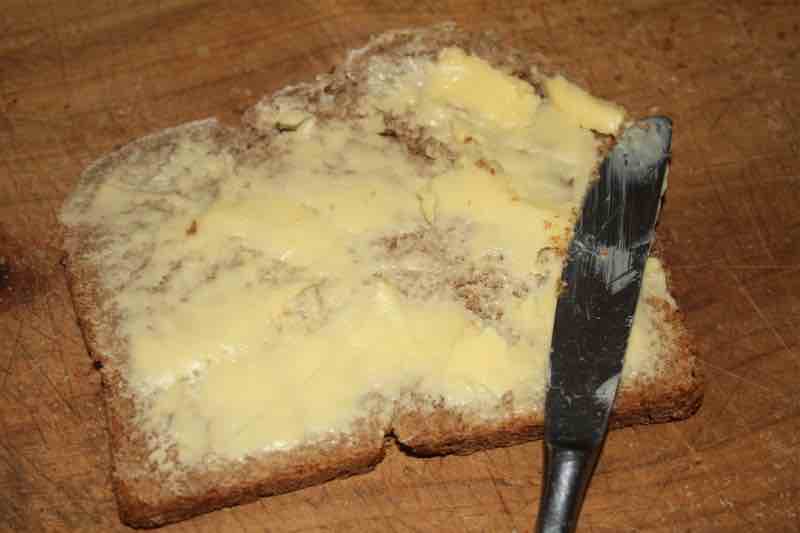 Wholemeal sourdough with butter
Wholemeal sourdough with butter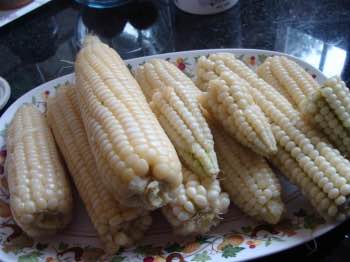 Corn on the cob
Corn on the cob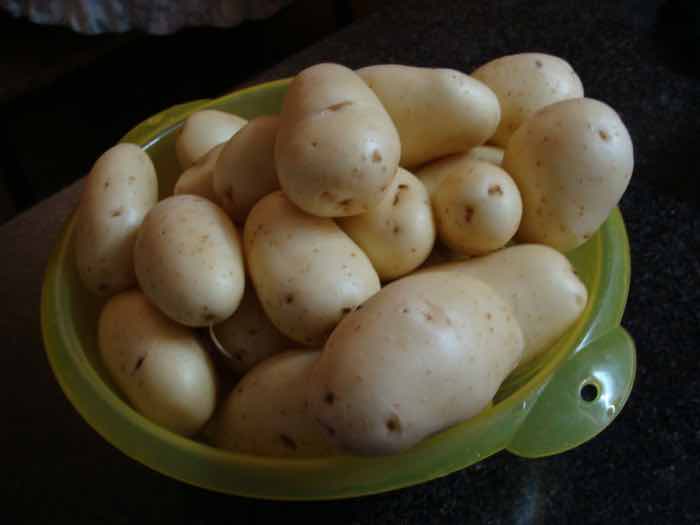 New potatoes
New potatoes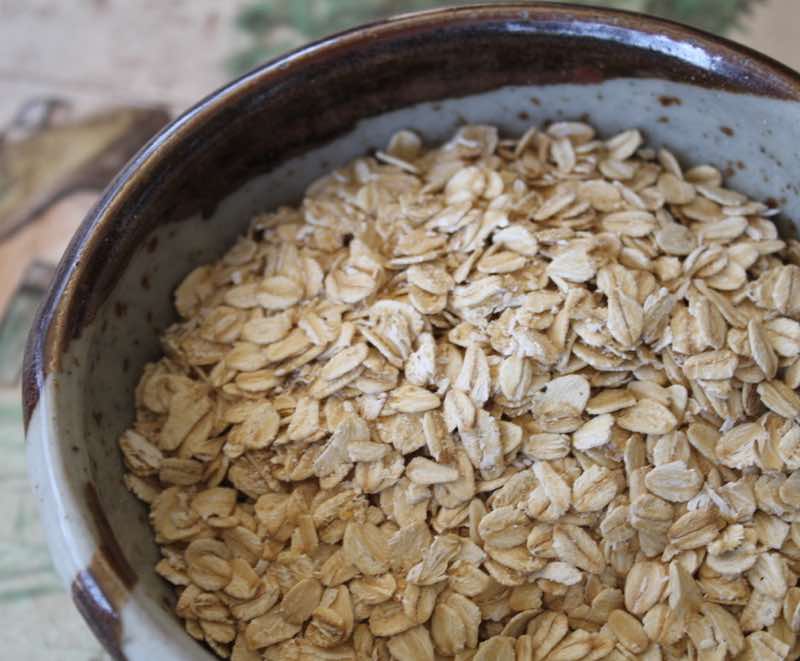 Wholegrain oats
Wholegrain oats Wholemeal white cornmeal
Wholemeal white cornmeal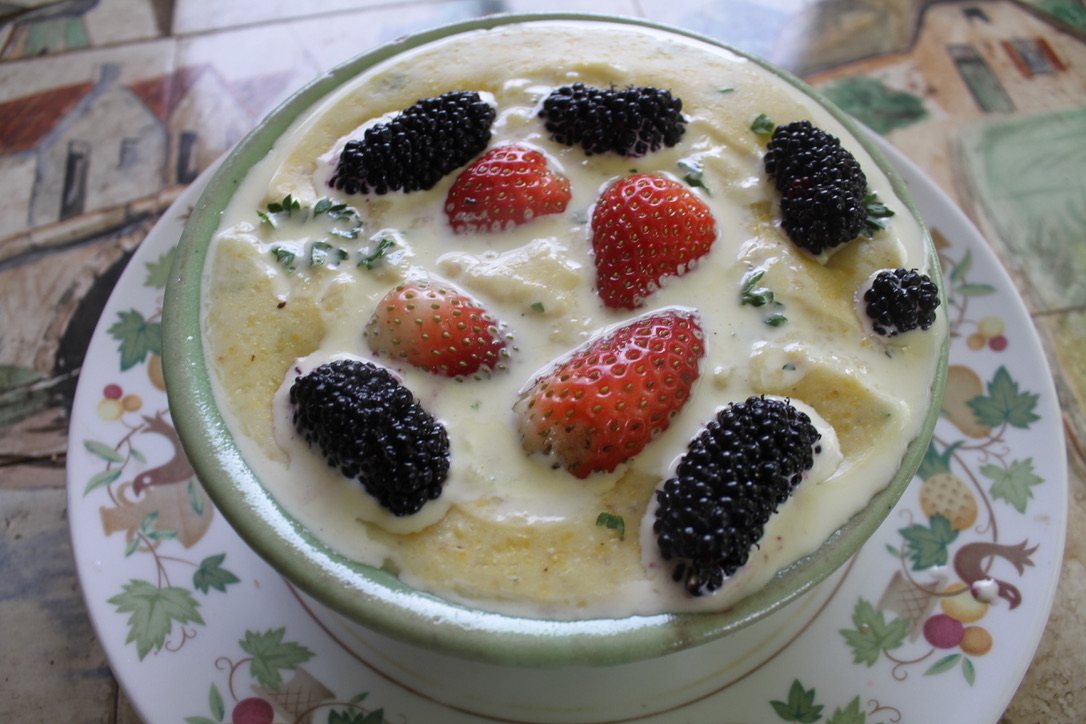 Yellow wholegrain grits
Yellow wholegrain grits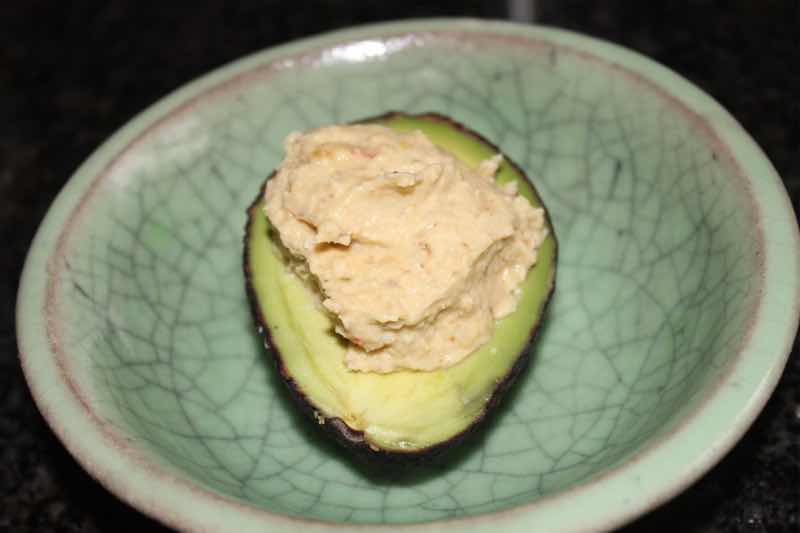 Avocado and hummus
Avocado and hummus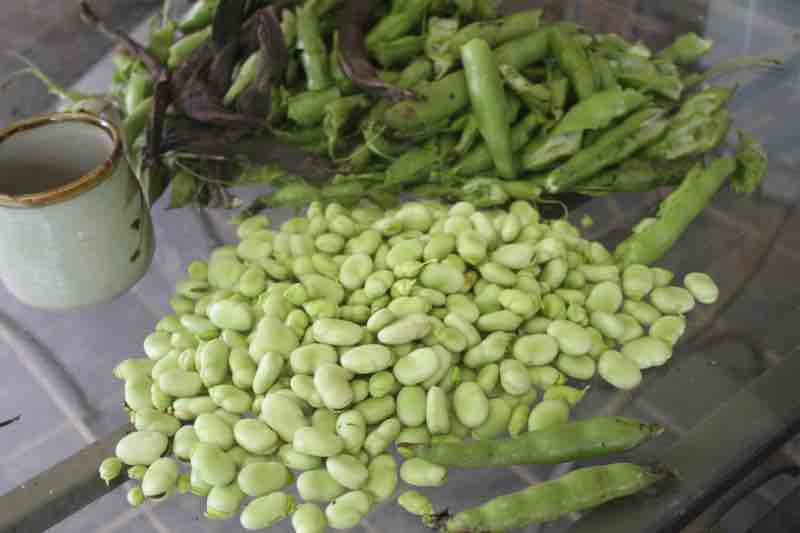 Broadbeans
Broadbeans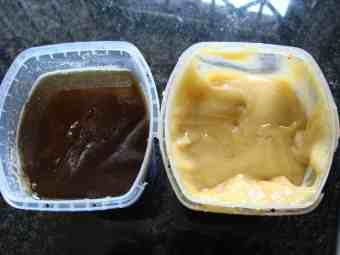 Natural honey
Natural honey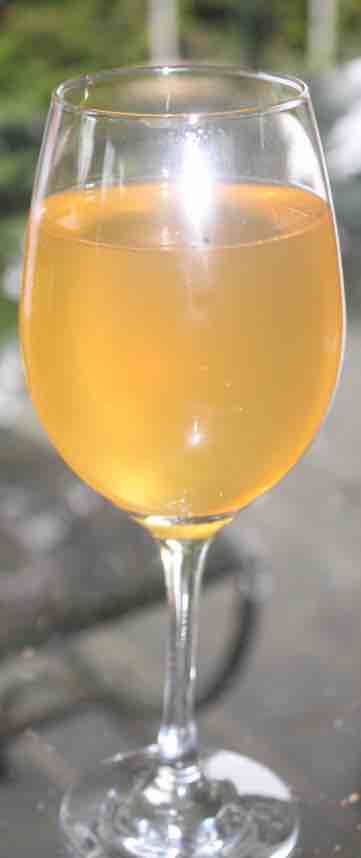 Mead is fermented honey
Mead is fermented honey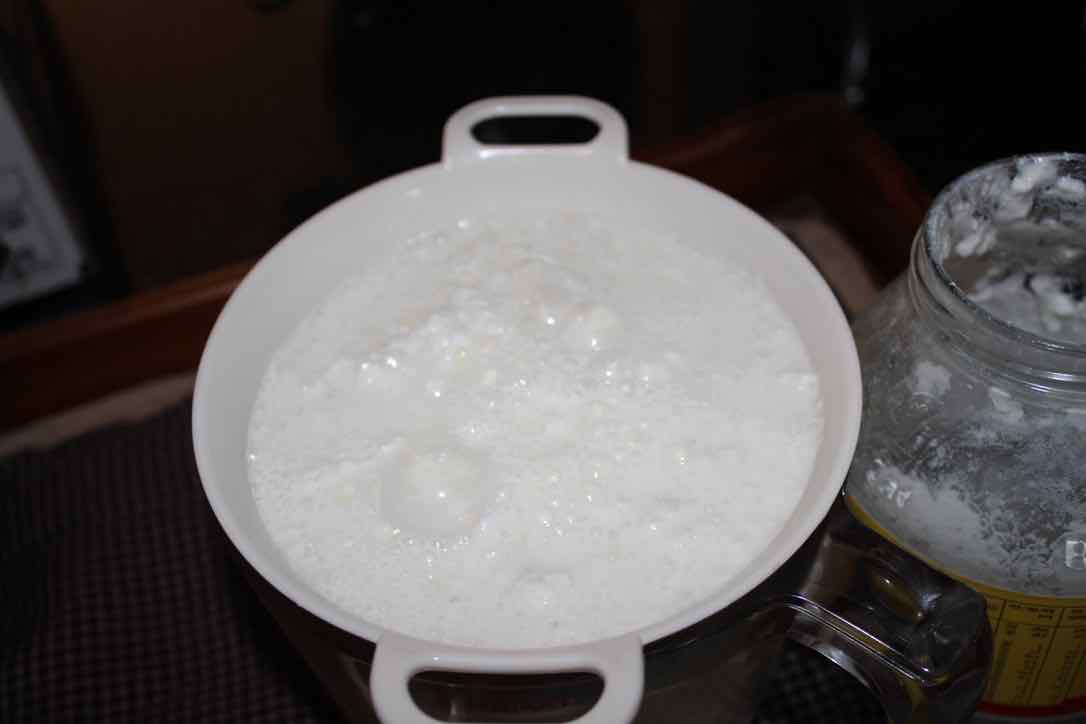 Kefir is a probiotic
Kefir is a probiotic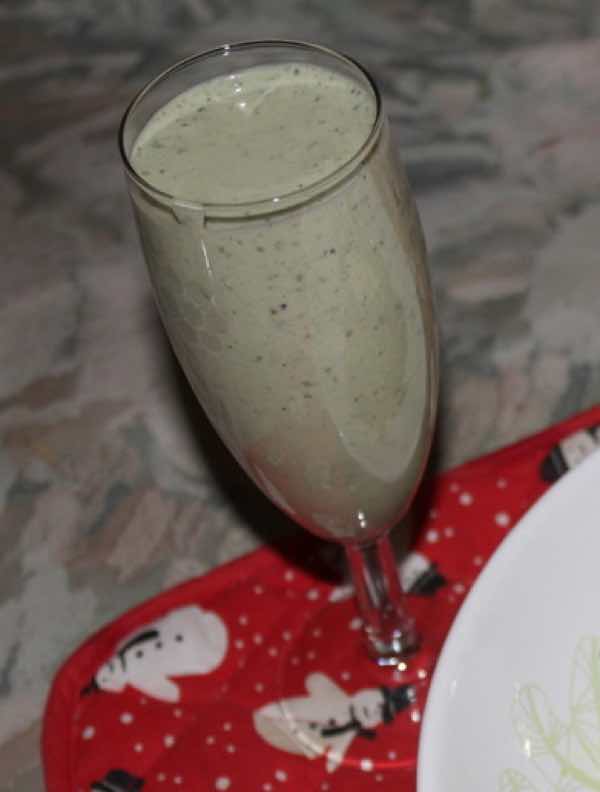 Kefir smoothie
Kefir smoothieMeal planning and carb counting
Meal planning and carb counting can help stabilise blood glucose. Those enjoying whole foods need not be fearful; but small portions of starchy dishes remain the order of the day.
When browsing use right click and "Open Link in New Tab" or you may get a bad gateway signal.
Newsletter
Our newsletter is entitled "create a cyan zone" at your home, preserving both yourself and Mother Earth for future generations; and the family too, of course. We promise not to spam you with daily emails promoting various products. You may get an occasional nudge to buy one of my books.
Here are the back issues.
- Lifestyle and ideal body weight
- What are ultra-processed foods?
- Investing in long-term health
- Diseases from plastic exposure
- Intensive lifestyle management for obesity has limited value
- A world largely devoid of Parkinson's Disease
- The impact of friendly bacteria in the tum on the prevention of cancer
- There's a hole in the bucket
- Everyone is talking about weight loss drugs
- Pull the sweet tooth
- If you suffer from heartburn plant a susu
- Refined maize meal and stunting
- Should agriculture and industry get priority for water and electricity?
- Nature is calling
- Mill your own flour
- Bake your own sourdough bread
- Microplastics from our water
- Alternative types of water storage
- Wear your clothes out
- Comfort foods
- Create a bee-friendly environment
- Go to bed slightly hungry
- Keep bees
- Blue zone folk are religious
- Reduce plastic waste
- Family is important
- What can go in compost?
- Grow broad beans for longevity
- Harvest and store sunshine
- Blue zone exercise
- Harvest and store your rainwater
- Create a cyan zone at your home
Did you find this page interesting? How about forwarding it to a friendly book or food junkie? Better still, a social media tick would help.
- Bernard Preston homepage
- Starch
- Meal Planning and Carb Counting
Address:
56 Groenekloof Rd,
Hilton, KZN
South Africa
Website:
https://www.bernard-preston.com